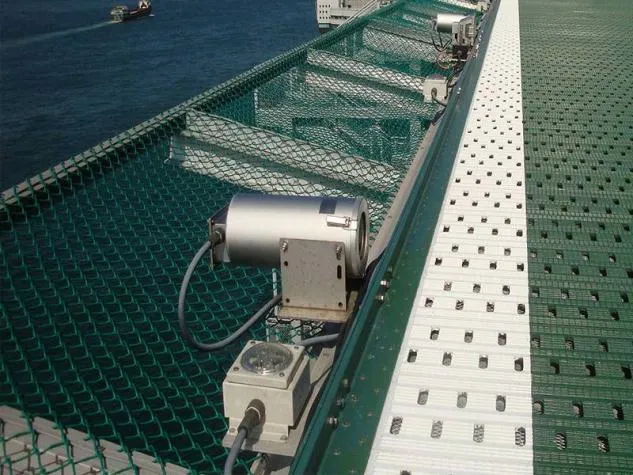- Industrial zone, South of Anping Town, Hengshui, Hebei, China.
- sales@hfpetromesh.com
- +86-18931809706
Price Comparison for Heavy Duty Steel Grating Options in Construction and Industrial Applications
Heavy Duty Steel Grating Price An Overview
Heavy duty steel grating is an essential component in various industrial applications, providing support and safe access in environments that demand high load-bearing capacity. Industries such as construction, manufacturing, and mining frequently utilize steel grating for walkways, platforms, and safety barriers. Given its widespread application, understanding the pricing factors of heavy duty steel grating is crucial for businesses looking to optimize their investments.
Factors Influencing the Price of Heavy Duty Steel Grating
1. Material Quality The primary factor affecting the price of heavy duty steel grating is the quality of the steel used in its fabrication. Grating can be made from carbon steel, stainless steel, or galvanized steel. Each type offers different levels of corrosion resistance and durability, subsequently influencing cost. For instance, stainless steel grating, while more expensive initially, provides long-term savings due to its resistance to rust and harsh environments.
2. Grating Type and Design There are several types of heavy duty steel grates, including welded, forged, and press-locked. The design and load capacity will significantly impact the price. Welded steel gratings tend to be stronger and more durable, making them more expensive than pressed or molded variants. Custom designs tailored to specific applications can incur additional costs, depending on the complexity of the fabrication process.
3. Size and Thickness The dimensions of the steel grating play a critical role in determining price. Larger grates require more material and may involve more intricate manufacturing processes, thus raising costs. Similarly, the thickness of the bars forming the grating also affects the price, with thicker bars offering increased load capacity and durability at a higher expense.
heavy duty steel grating price

4. Surface Treatment To extend the lifespan of heavy duty steel grating, various surface treatments can be applied, including galvanization, powder coating, and paint. Galvanized steel, which is coated with zinc to prevent rust, tends to be more expensive than untreated steel. However, the investment may be justified by the increased longevity and reduced maintenance costs associated with treated grating.
5. Quantity and Supply Chain Factors The price per unit often decreases with bulk purchases due to economies of scale. Suppliers may offer discounts for larger orders, which can significantly impact overall project costs. Additionally, fluctuations in raw material prices, shipping costs, and availability can influence pricing trends. For example, geopolitical factors or changes in tariffs can affect the price of steel and, consequently, the cost of grating.
6. Market Demand The overall demand for heavy duty steel grating in various sectors, such as construction and infrastructure, can also alter pricing. In periods of high demand, suppliers may increase prices due to limited availability. Conversely, during economic downturns, prices may decrease as companies aim to attract buyers.
Conclusion
In conclusion, the price of heavy duty steel grating is influenced by various interrelated factors, including material quality, design, size, surface treatment, quantity, and market dynamics. Companies seeking to purchase heavy duty steel grating should consider these aspects carefully to make informed decisions that align with their operational requirements and budget constraints. By doing so, they can ensure that they are investing in products that not only meet their needs but also provide the best value for their money in the long term.
-
The Power of Pyramid Shaker Screen - A 3-Dimensional SolutionNewsOct.24,2024
-
Exploring the Versatility and Durability of Steel GratingNewsOct.24,2024
-
Revolutionizing Drilling Efficiency with Steel Frame Shaker Screens for Mud Shale ShakersNewsOct.24,2024
-
Potential of Shale Shaker ScreensNewsOct.24,2024
-
Offshore Pipeline Counterweight Welded Mesh - Reinforced Mesh in Marine EngineeringNewsOct.24,2024
-
Revolutionizing Offshore Pipeline Stability with Concrete Weight Coating MeshNewsOct.24,2024
